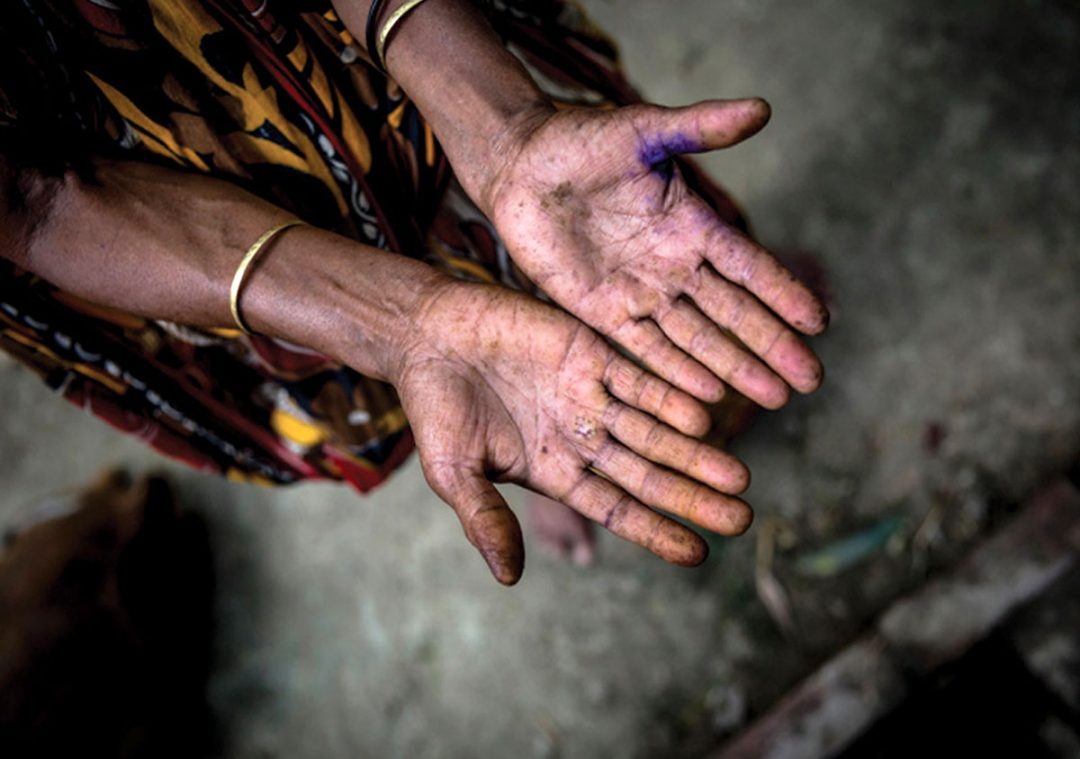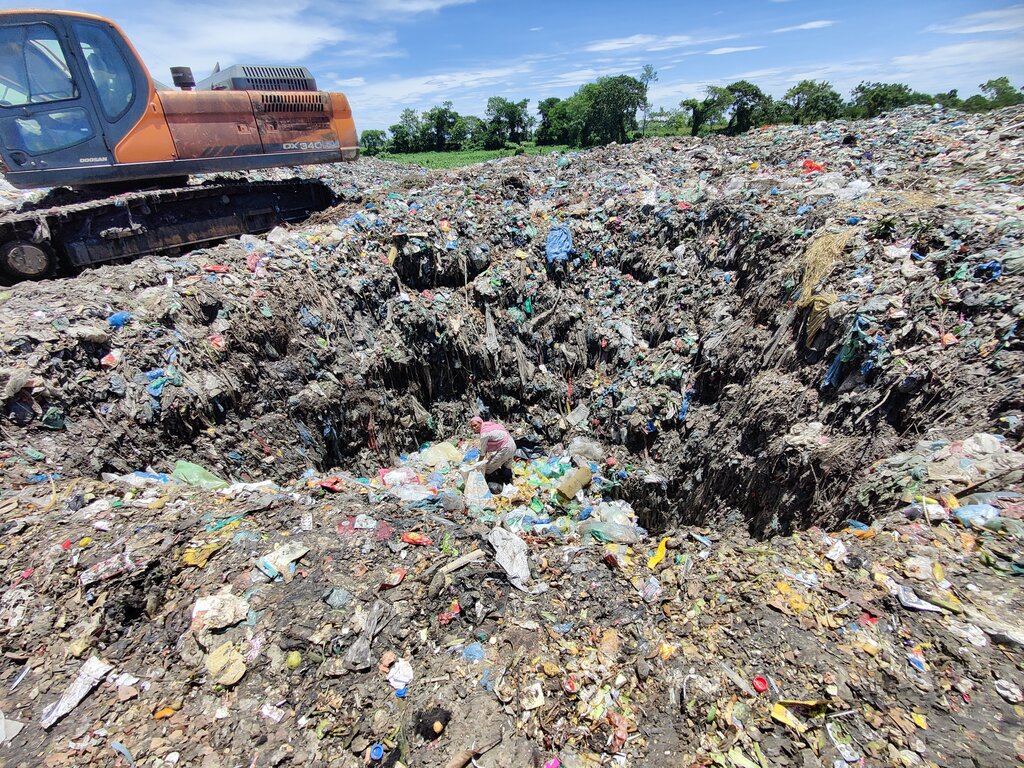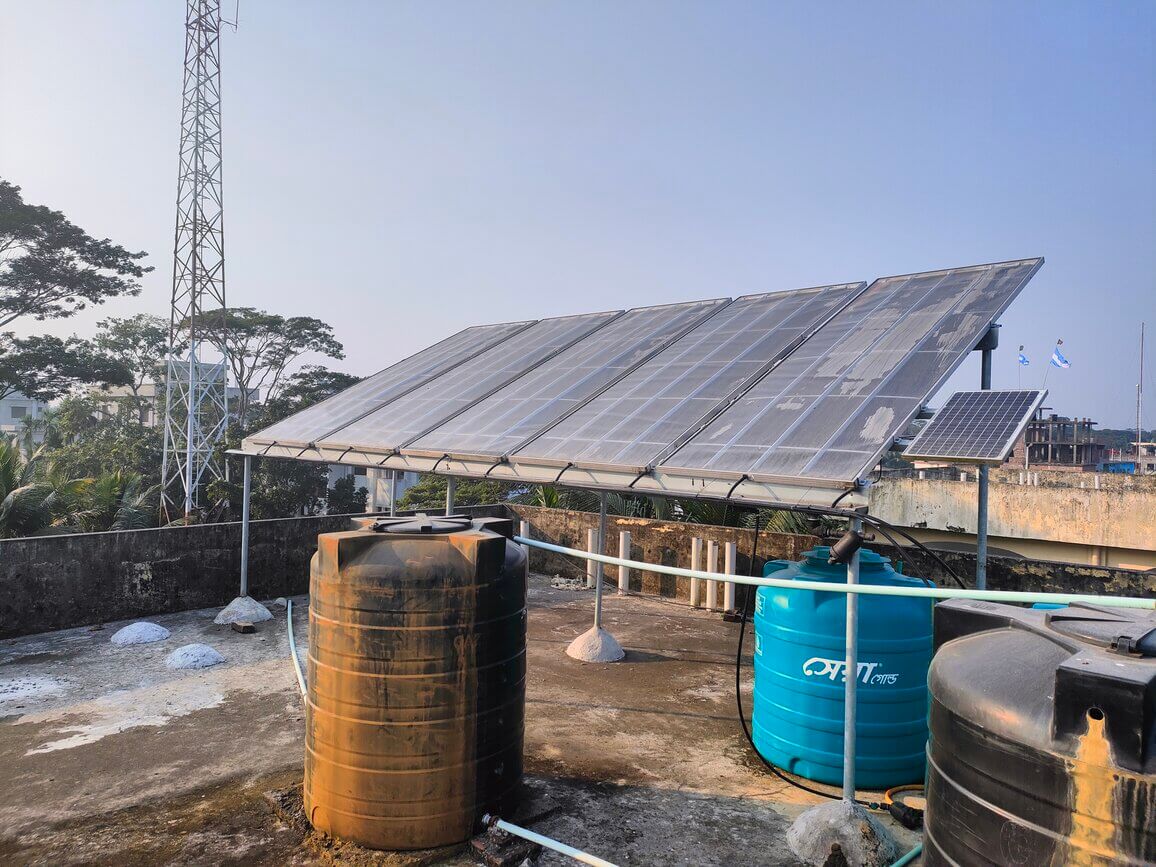Period: July 2004 - June 2005
The study conducted a quantitative health risk assessment (QHRA) of the water supply options identified in the implementation plan for arsenic mitigation in Bangladesh. The study covered water quality analysis (through the presence of Arsenic, thermos-tolerant coliforms (TTC), with confirmatory testing of E.coli presence, and other selected physical and chemical water quality parameters), sanitary integrity assessment using standard sanitary inspection format, and social acceptability assessment based on a questionnaire survey for dug wells (DWs) and deep hand tube wells (DTWs), pond sand filters (PSFs) and rainwater harvesting systems (RWH) both in the dry season and monsoon.






